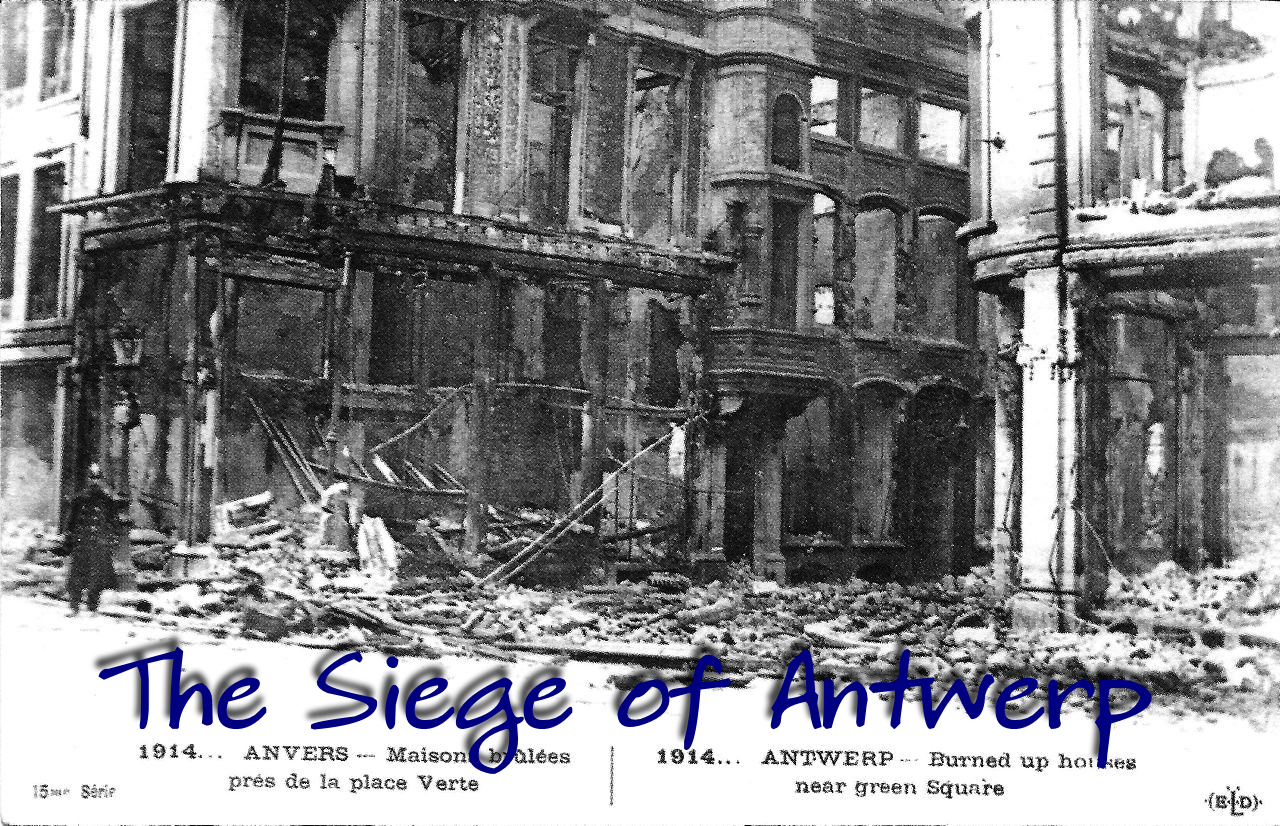First Battle Of The Aisne
First Battle Of The Aisne Thanks to the Great War channel on youtube, I discovered that I missed a battle in my attempt to chronologically… Read More »First Battle Of The Aisne
First Battle Of The Aisne Thanks to the Great War channel on youtube, I discovered that I missed a battle in my attempt to chronologically… Read More »First Battle Of The Aisne
The Siege of Antwerp After the Allied victory at the Battle of the Marne, the “Race to the Sea” had begun. Both sides were racing… Read More »The Siege of Antwerp

